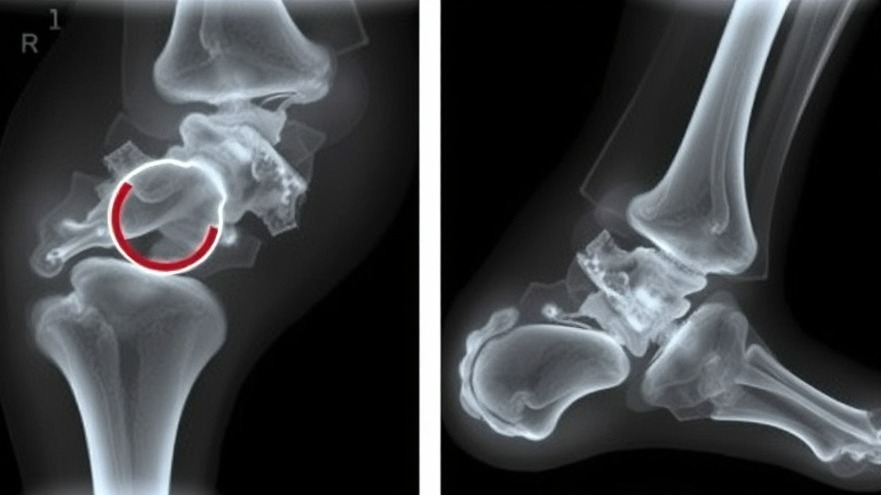
Unlocking Better Outcomes for Osteochondral Defects
In the quest for effective treatments for osteochondral defects, a recent revelation has emerged at the American Academy of Orthopaedic Surgeons Annual Meeting in San Diego, proving to be a game-changer for both orthopedic practices and patient care. The use of an aragonite-based scaffold, known as Agili-C, has shown superior results over traditional methods like debridement and microfracture in treating these challenging joint issues.
A Pioneering Solution for Knee Treatment
Research led by Dr. Seth L. Sherman of Stanford University revealed that the Agili-C scaffold produced markedly better outcomes in patients after four years of treatment. This innovation is particularly promising for those battling early osteoarthritis, where conventional treatments often fall short. The results highlighted increased function and diminished pain compared to the aging standards of care.
Why This Matters for Your Practice
As concierges in the medical field, it is essential to stay abreast of advancements like Agili-C that can enhance the treatment options available for patients suffering from knee-related ailments. Adopting new technologies not only improves patient outcomes but can also distinguish your practice within a competitive market.
Patient-Centric Approach and Enhanced Engagement
Using Agili-C represents an opportunity to build a deeper connection with your patients. By offering cutting-edge solutions, you position your practice as a leader in patient care. This human-centered approach cultivates trust and loyalty—key elements in the concierge medicine model.
Future Directions in Joint Health Management
With ongoing studies and data collection extending the understanding of Agili-C's benefits, orthopedic specialists can better tailor treatments based on individual patient needs. What's more, maintaining the option for future surgical interventions without compromising current treatments fosters a strategic approach to joint preservation.
Next Steps for Your Practice
As you consider integrating innovative solutions like the Agili-C scaffold into your offerings, reflect on the implications for not just your technology but also your patient interactions. Implementing a system to track patient outcomes and satisfaction with these advanced treatments can provide meaningful insights into their effectiveness, ultimately driving your practice's growth.
With knowledge is power in today's healthcare landscape, staying updated on advancements like these is crucial for securing your position as a top local concierge practice. Remember, fostering genuine relationships with your patients can turn these potentially complex medical journeys into collaborative healing processes.
 Add Row
Add Row  Add
Add 




Write A Comment